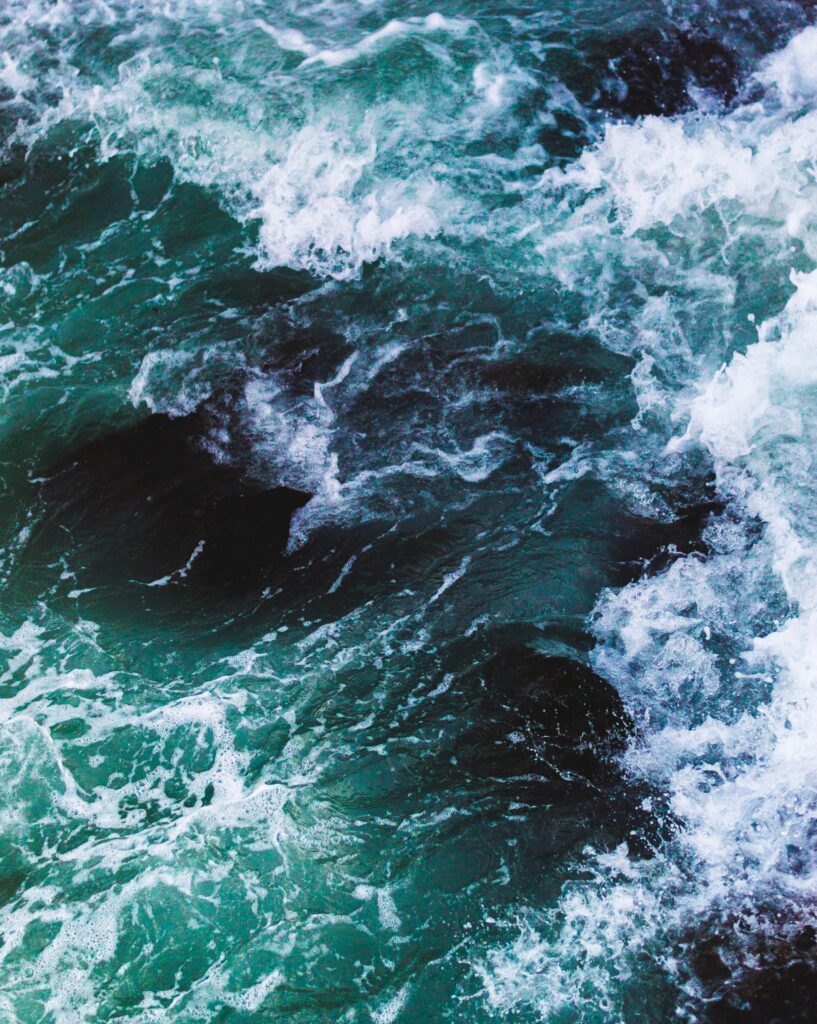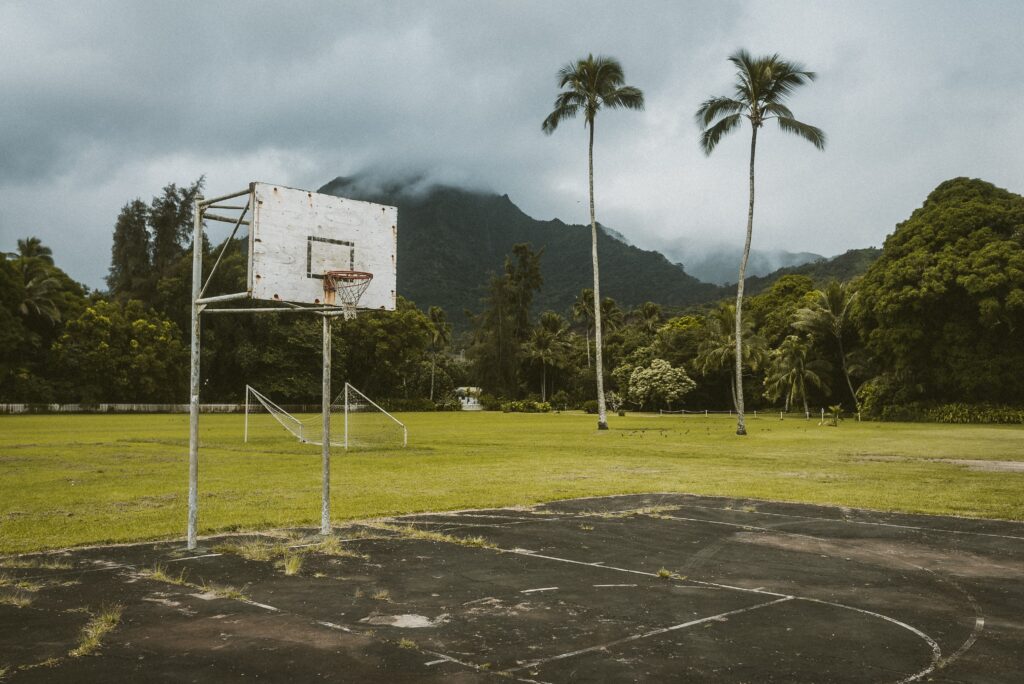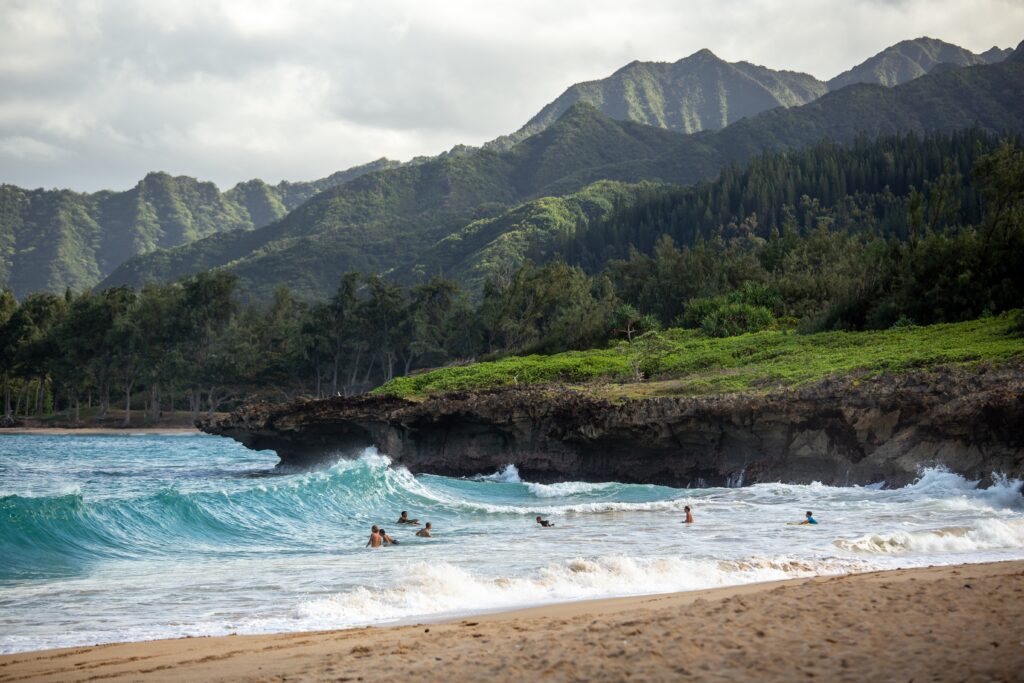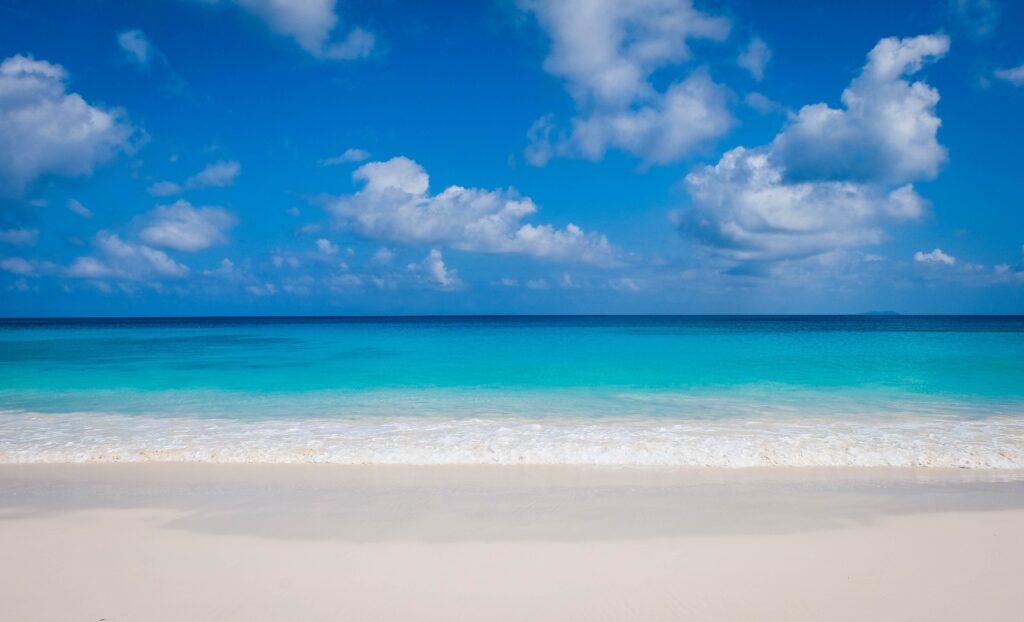If you’re planning a trip to Hawaii, one question you might have is whether or not it’s safe to drink tap water. In this article, we’ll explore the quality of tap water in Hawaii and provide you with the information you need to make an informed decision. From the purification process to potential contaminants, we’ll cover it all so that you can stay hydrated and healthy during your stay in the beautiful islands of Hawaii.
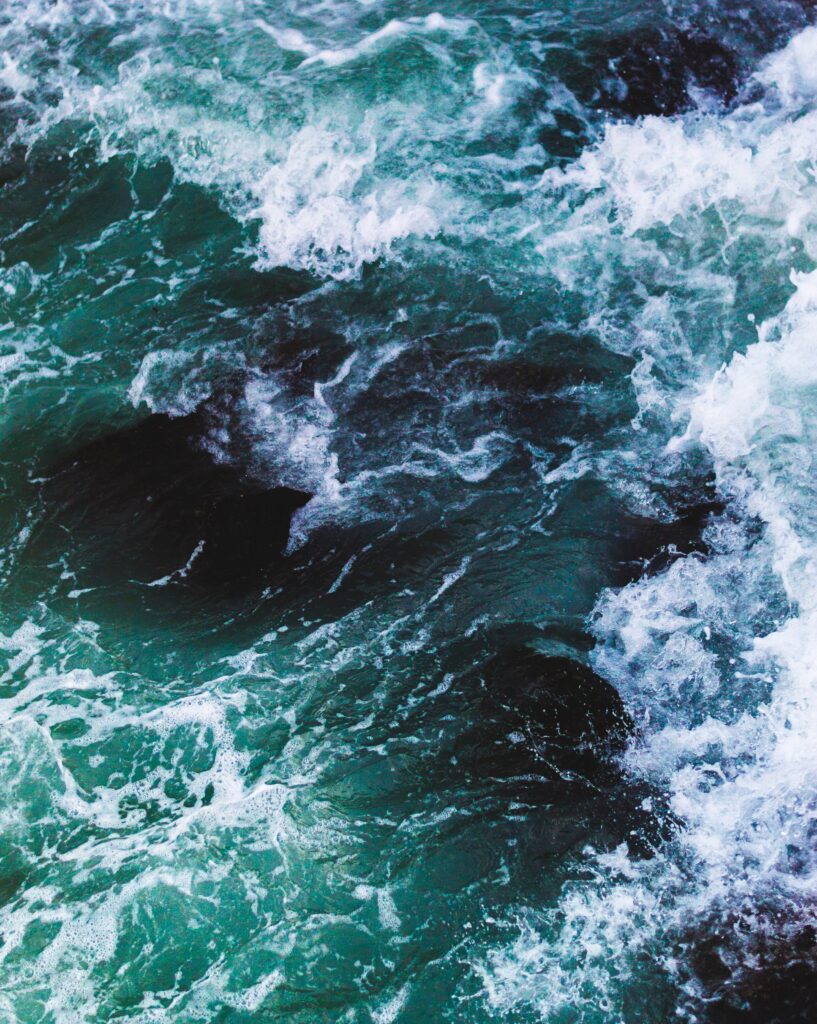
Overview
Drinking tap water in Hawaii: Is it safe?
When traveling to a new destination, it is common to question the safety of tap water. Hawaii, with its breathtaking natural beauty, is no exception. As a visitor or a resident, you may be wondering if it is safe to drink tap water in Hawaii. In this article, we will explore the water supply system in Hawaii, the factors affecting water quality, the processes involved in water treatment, government regulations and monitoring, health concerns related to tap water, alternative water sources, public perception and attitudes, the environmental impact, and various case studies. By the end, you will have a comprehensive understanding of whether drinking tap water in Hawaii is a viable option.
Understanding the water supply system in Hawaii
To comprehend the safety of tap water in Hawaii, it is essential to understand the water supply system in the islands. Hawaii relies on a combination of water sources, including surface water from streams, rainfall, and groundwater from wells. The water is collected, treated, and distributed by the public water systems managed by the Hawaii Department of Health (DOH). These systems ensure that the water meets the regulated standards set by the Safe Drinking Water Act.
The quality of tap water in Hawaii
Tap water in Hawaii generally meets the primary drinking water standards established by the Environmental Protection Agency (EPA). However, variations in water quality can occur depending on the specific area and the presence of certain contaminants. Factors that affect the quality of tap water in Hawaii include volcanic activity, agricultural practices, and potential sources of pollution.
Factors Affecting Water Quality
Sources of water contaminants in Hawaii
Hawaii is unique due to its volcanic nature, and this can have an impact on water quality. Volcanic activity can release contaminants into the environment, such as heavy metals and hydrogen sulfide. Furthermore, human activities, such as agriculture and urban development, can contribute to water pollution. Runoff from farms, excessive use of fertilizers and pesticides, and improperly managed sewage systems can introduce contaminants into Hawaii’s water sources.
Impact of volcanic activity on water quality
Volcanic eruptions and the subsequent volcanic activity can alter the composition of groundwater and surface water. The release of sulfur dioxide and other volcanic gases can lead to the production of acid rain, which can affect water quality. Additionally, volcanic ash can result in turbidity and can carry harmful substances, impacting the overall quality of tap water.
Agricultural practices and water pollution in Hawaii
Agriculture plays a significant role in Hawaii’s economy, but it can also contribute to water pollution. Excessive use of fertilizers and pesticides can contaminate water sources, making them unsafe to consume. Proper management of agricultural practices is crucial to minimize the negative impact on water quality and protect public health.
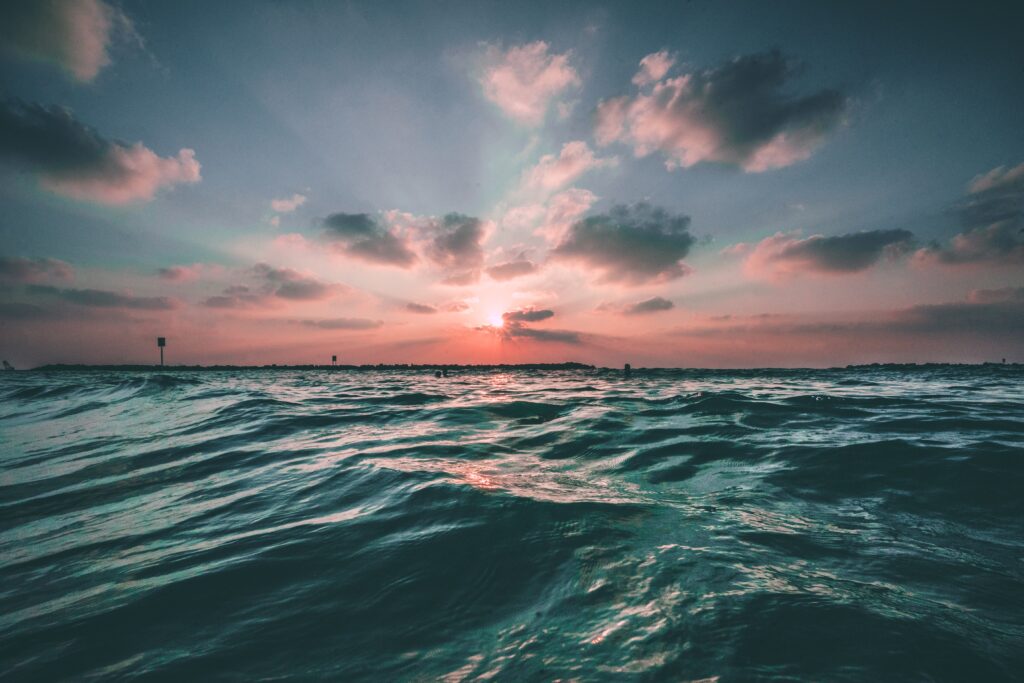
Water Treatment Processes
Water treatment methods in Hawaii
To ensure the safety of tap water in Hawaii, extensive water treatment processes are employed. These processes involve various steps such as coagulation, sedimentation, filtration, and disinfection. Coagulation allows for the removal of suspended particles, while sedimentation facilitates the separation of these particles from the water. Filtration further removes debris, and disinfection is the final step to eliminate any remaining pathogens.
Ensuring the safety of tap water through disinfection
Disinfection is a vital step in the treatment process to eliminate harmful microorganisms. Chlorination, the most common disinfection method, effectively eradicates bacteria, viruses, and parasites. Alternative methods, such as ozone or ultraviolet (UV) light disinfection, can also be used. These processes ensure that tap water in Hawaii meets safety standards and is free from harmful pathogens.
Filtration techniques employed
The filtration process removes impurities and sediments from the water, enhancing its quality. In Hawaii, various filtration techniques are utilized, including rapid sand filtration and granular activated carbon (GAC) filtration. These methods help to eliminate pollutants and improve taste and appearance, providing consumers with clean and clear tap water.
Regulations and Monitoring
Government regulations for tap water in Hawaii
The government of Hawaii has established regulations and standards for tap water to safeguard public health. These regulations are based on guidelines set by the EPA and the Safe Drinking Water Act. The Hawaii DOH is responsible for enforcing these regulations and ensuring compliance by public water systems. The standards encompass a wide range of parameters, including microbial contaminants, disinfectants, disinfection byproducts, and various chemical substances.
Role of the Department of Health in monitoring water quality
The Hawaii DOH plays a crucial role in monitoring the quality of tap water in the state. They conduct regular inspections and testing of public water systems to ensure compliance with the established standards. Through robust monitoring programs, they identify any potential contamination issues and take necessary action to maintain the safety of tap water.
Water testing and compliance
Water testing is conducted to evaluate the quality of tap water and compliance with the regulatory standards. Public water systems in Hawaii are required to regularly test their water for various parameters, including bacteria, chemicals, and other contaminants. The test results are analyzed by certified laboratories, and any deviations from the standards are promptly addressed to maintain the safety of tap water.
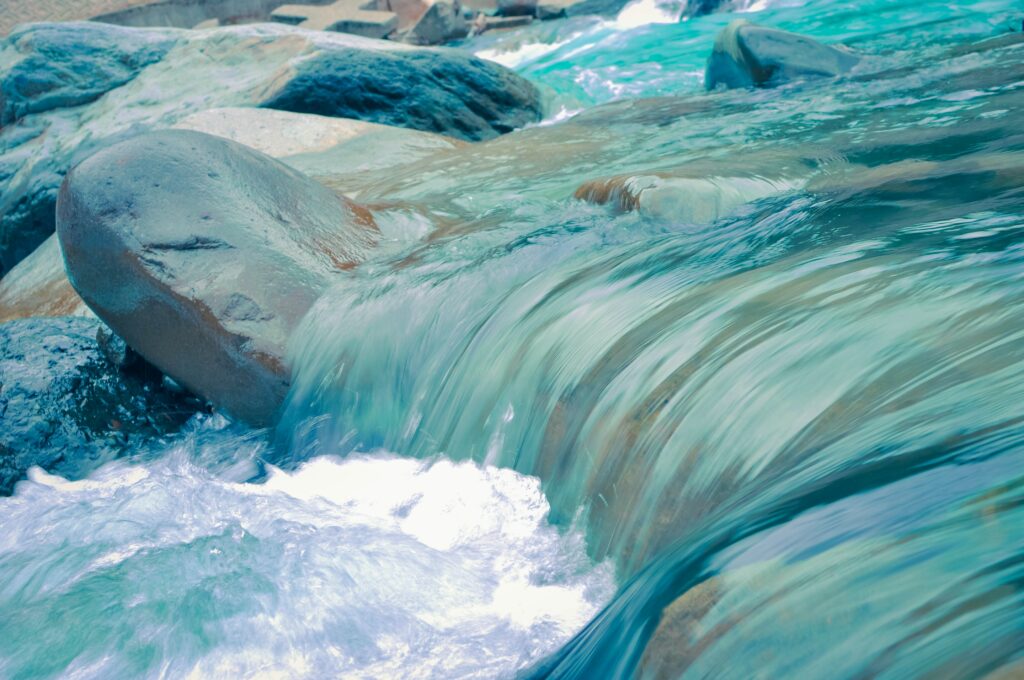
Health Concerns
Common waterborne illnesses in Hawaii
Waterborne illnesses can pose a risk to public health if tap water is contaminated. In Hawaii, common waterborne illnesses include gastrointestinal infections caused by bacteria like E. coli and Salmonella, protozoan infections such as Giardia, and viral infections like norovirus. These illnesses can result in symptoms such as diarrhea, vomiting, fever, and dehydration.
Protecting against waterborne diseases
Taking certain precautions can help protect against waterborne diseases. Boiling tap water for at least one minute can effectively kill most harmful microorganisms. Alternatively, using water filters certified to remove specific contaminants and following the manufacturer’s instructions can provide an added layer of protection. Additionally, practicing good hygiene, such as washing hands thoroughly, is essential to minimize the risk of infection.
Special precautions for vulnerable populations
Certain populations, such as infants, pregnant women, and individuals with compromised immune systems, may be more susceptible to waterborne illnesses. It is advisable for these individuals to take extra precautions, such as using boiled or filtered water for drinking, cooking, and preparing infant formula. Seeking medical advice and discussing specific concerns with healthcare professionals is recommended to ensure the safety of tap water for these vulnerable populations.
Alternative Water Sources
Options for accessing safe drinking water in Hawaii
If you have concerns about tap water quality in Hawaii, several alternative options are available to access safe drinking water. One common choice is bottled water, which is regulated and often sourced from other locations with recognized water quality standards. Another option is using water filters or purifiers that are specifically designed to remove contaminants from tap water. These filtration systems can provide an added layer of safety and peace of mind.
Rainwater harvesting and desalination
In addition to bottled water and filtration systems, alternative water sources such as rainwater harvesting and desalination can be viable options. Rainwater harvesting involves collecting rainwater and storing it for later use. However, it is important to implement proper filtration and treatment methods to ensure its safety for consumption. Desalination, on the other hand, is the process of removing salt and other impurities from seawater to make it suitable for drinking. These methods can provide a sustainable and reliable source of clean water, especially in areas with limited freshwater resources.
Public Perception and Attitudes
Public perception of tap water in Hawaii
Public perception of tap water in Hawaii can vary. Some individuals may have concerns about water quality due to the factors mentioned earlier, such as volcanic activity and agricultural pollution. Others may have confidence in the water supply system and trust that tap water meets safety standards. Understanding the reasons behind these perceptions can help address concerns and improve communication.
Trust in the water supply system
Ensuring trust in the water supply system is crucial for public health and well-being. The government and water authorities in Hawaii actively communicate the safety measures in place, testing results, and compliance with regulations to maintain transparency. Open dialogue and transparent communication can help address public concerns, build trust, and reinforce confidence in the safety of tap water.
Addressing concerns and improving communication
To address concerns and improve communication, it is essential for the government, water authorities, and other stakeholders to engage with the public. Providing accurate information about the water supply system, the measures in place to ensure safety, and the results of regular testing can help alleviate concerns. Furthermore, addressing individual questions and providing accessible resources can empower individuals to make informed choices about tap water consumption.
Environmental Impact
The impact of plastic waste from bottled water
The consumption of bottled water has undeniable environmental impacts. Plastic waste generated by single-use bottles contributes to pollution, threatens marine life, and disrupts ecosystems. By reducing reliance on bottled water and opting for tap water, individuals can contribute to waste reduction efforts and protect the environment.
Conserving water resources in Hawaii
Hawaii is no stranger to water scarcity issues, given its geographical location and limited freshwater resources. Conserving water is crucial to ensure a sustainable water supply for future generations. Using tap water responsibly, repairing leaks promptly, adopting water-saving techniques, and practicing mindful consumption are effective ways to conserve water resources in Hawaii.
Reducing carbon footprint through tap water consumption
Choosing tap water over bottled water also has a positive impact on reducing carbon footprint. Bottled water production, packaging, and transportation contribute to greenhouse gas emissions. By utilizing the existing infrastructure and consuming tap water, individuals can help reduce their carbon footprint and contribute to sustainability efforts.
Case Studies
Successful initiatives to improve tap water quality in Hawaii
Hawaii has witnessed successful initiatives aimed at improving tap water quality. For instance, the implementation of advanced water treatment technologies has helped in reducing contaminants and improving overall water quality. Collaborative efforts between government agencies, water utilities, and communities have led to the implementation of stricter regulations and improved monitoring systems, ensuring the provision of safe drinking water.
Community-driven projects promoting tap water usage
Community-driven projects have also played a significant role in promoting tap water usage in Hawaii. Educating residents about the safety of tap water, organizing water awareness campaigns, and advocating for sustainable water practices have all contributed to changing public perception and encouraging the consumption of tap water. These projects demonstrate the power of collective efforts in improving water quality and building a culture of tap water consumption.
Lessons learned from other regions
Hawaii can draw valuable lessons from other regions that have faced similar challenges in ensuring the safety of tap water. Case studies from mainland United States and other countries provide insights into effective strategies, such as the implementation and enforcement of stringent regulations, public education campaigns, and investment in water treatment infrastructure. These lessons can guide and inform future initiatives to enhance the safety and quality of tap water in Hawaii.
Conclusion
Making an informed choice about drinking tap water in Hawaii
In conclusion, drinking tap water in Hawaii is generally safe, thanks to the rigorous monitoring, treatment, and regulations in place. The water supply system in Hawaii ensures that tap water meets the necessary standards, and efforts are continuously made to improve water quality. However, factors such as volcanic activity, agricultural practices, and potential sources of pollution can affect water quality. It is important to consider personal preferences, health concerns, and environmental impact when making a choice about consuming tap water in Hawaii. By being aware of the various factors discussed in this article, you can make an informed decision that aligns with your needs and values while prioritizing health and sustainability.

